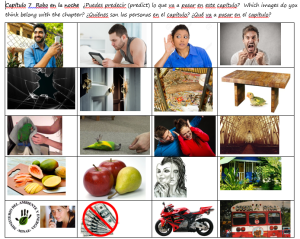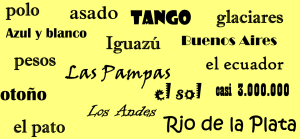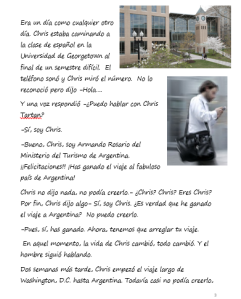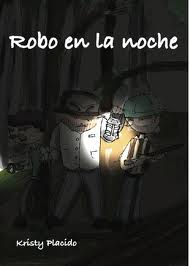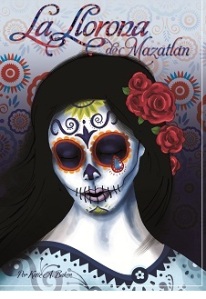Although the fluencymatters novel, Felipe Alou by Carol Gaab, has been available for years, this is my first time using it. Fortunately, there are many, many generous bloggers who have shared their resources, supplementing the useful teacher’s guide that is available from fluencymatters. I am particularly indebted to Dustin Williamson, Cindy Hitz , Martina Bex , Wesley Hilliard, Nelly Hughes and Allison Weinhold. To share the wealth, and to pay it back or forward, I’m going to quickly list a few things that I’ve adapted or created to go with the novel to date.
- As suggested by several teachers, after working with the Mirabal Sisters and In the Time of the Butterflies, we moved into baseball, and made our own gloves. First we did this reading Guantes de Cartón rev. 2018 rev, which I adapted from Wesley Hilliard, and then we made our gloves and played. FUN!
- Chapter 1: A “guante” wordle with qualities that may or not be reflected in a leader. Students have 2 different colored markers and highlight positive/negative qualities. guante leader wordle

- Chapter 3: Story cups tower (an idea that I got somewhere….I’m sorry, I don’t remember from whom!!! Now I know…..Nelly Hughes via Arianne Dowd!!!) Story cups tower Morir soñando, idea from Cindy Hitz. Most liked it, but as you can see, not all!
Reread chap 3 and find the false statements, based on a Martina Bex original idea. Reread chap 3 find the false statements
- Repaso of 1 -3 Dictation, prior to moving to chapter 4. I read each of the sentences several times as they wrote. I then projected the sentences for them to correct. Homework could be illustrating a few of them. Believe it or not, most of the students really enjoyed this activity. Dictation repaso of chapters 1 – 3 before beginning chap 4
- Chapter 4: Had students illustrate ONLY 3 important scenes for them from the chapter. The next day that shared their drawings with a partner and described the scene. Partner did the same. They next found a new partner and described what they saw on THE PARTNER’S paper. Partner did the same. They found another partner, and this time, they wrote what the partner had drawn. Capítulo 4 Felipe llama la atención internacional
- Pre chapter 5 I decided before we even began the book that in addition to adding much material for Trujillo and the Mirabal sisters, we would focus on Civil Rights during the time that Felipe arrived in the U.S. and the subsequent decade. I knew that my students were going to need that background. I used this slide (cropped from my SMART presentation) to get them to guess the decade and what the pictures represented.
 I followed it with this slide:
I followed it with this slide:  We then did some brainstorming as a class, using this slide:
We then did some brainstorming as a class, using this slide:  The next day I put them in groups of three and gave each group a large baggie that contained the three time periods (antes de, en el medio de and después de) and many events for each category. Their task was to sort the events into the time period they thought they belonged. I will not lie, this was difficult for them, and after about 7 minutes we regrouped and talked about what we had for before or after. Several days later, we tried it again with more success. I strongly feel that it was beneficial, but that, of course, is just my opinion. Post reading timeline and prep for Chap 5 (small version for teacher) and Post reading timeline strips BIG large version for students. It was a LOT of work to run them on cardstock, then cut all the strips and then bag them for each group. But, now I have them!
The next day I put them in groups of three and gave each group a large baggie that contained the three time periods (antes de, en el medio de and después de) and many events for each category. Their task was to sort the events into the time period they thought they belonged. I will not lie, this was difficult for them, and after about 7 minutes we regrouped and talked about what we had for before or after. Several days later, we tried it again with more success. I strongly feel that it was beneficial, but that, of course, is just my opinion. Post reading timeline and prep for Chap 5 (small version for teacher) and Post reading timeline strips BIG large version for students. It was a LOT of work to run them on cardstock, then cut all the strips and then bag them for each group. But, now I have them! - Chapter 5 To reinforce the main points of chapter 5, I decided on 7 principal sentences and created a rebus for each one. With one class, they had all of them at one time on their individual papers; with another class I projected them one at a time. I think I preferred that way. Chap 5 post reading rebus

- Chapter 6 Dictogloss for review that I created based on the description on classroomtapas.com
- Chapter 7 Based on a GREAT idea from Cindy Hitz, I made what she called “Game Smashing”. Here is my description, with cloze sentences and word clouds to choose from. Chap 7 game smashing I’ve always used wordles, or word clouds for partner work, and this one uses two steps: identifying of words with their partner, and then finding the appropriate word to finish a sentence that is projected. I can’t upload the powerpoint, but here is what the first slide looks like after projecting the answer:
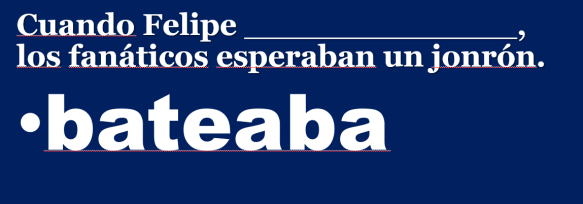
I hope there is something here that might be useful for you and your students. And, as always, feel free to correct or comment…..and to suggest!!
Some of you who have followed my blog for a while might be wondering where is all of the music????? I have used SO MUCH music with this novel, and created so many activities with it that it will have a separate post…..sometime………








